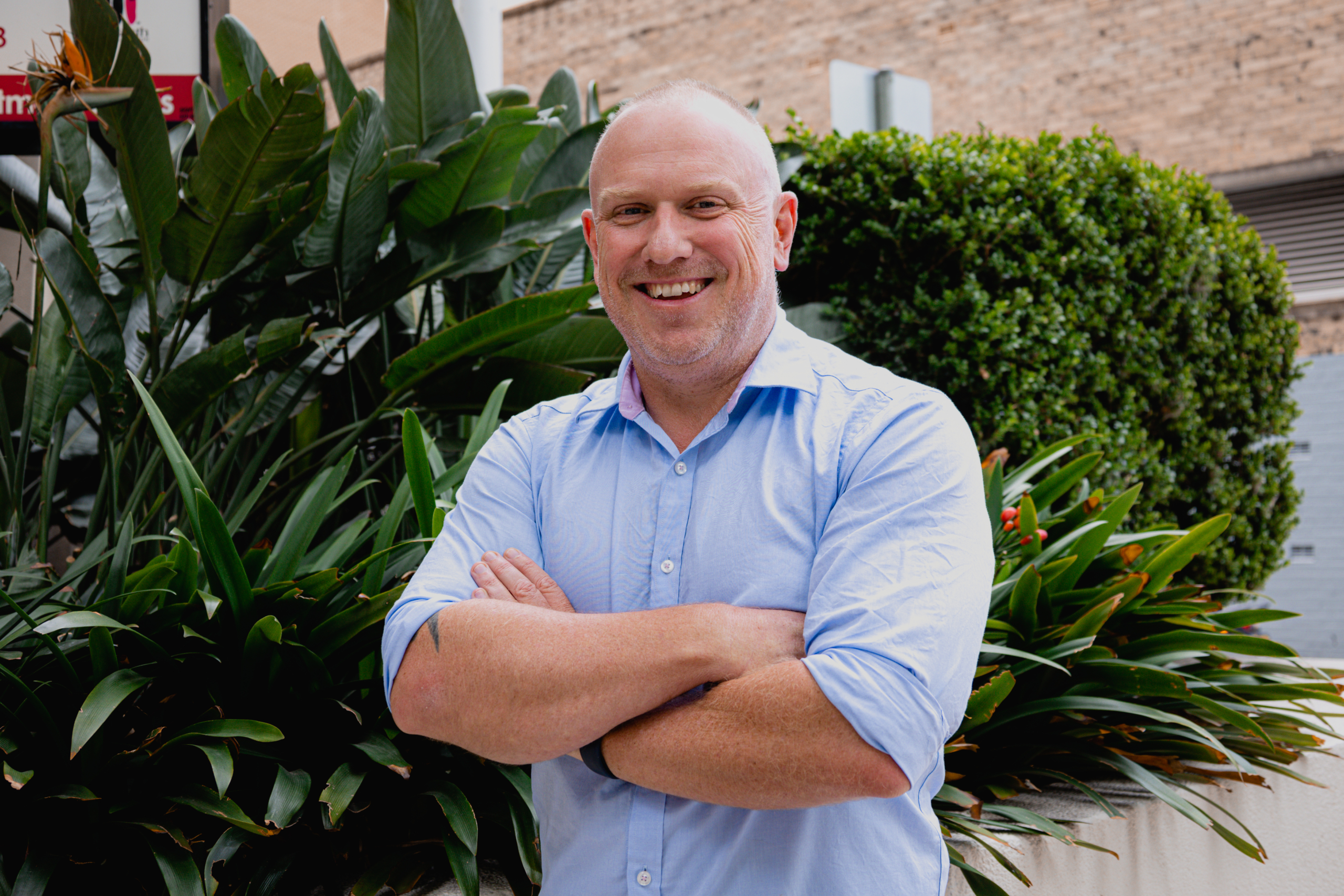
Regional and rural communities in Australia are set to benefit from a significant shift in infrastructure development aimed at closing the urban-rural divide and sparking economic growth.
The focus is on improving transportation, renewable energy, water infrastructure, and digital connectivity, with the goal of extending services and opportunities previously limited to urban centres across the entire country.
Daniel Taylor, Regional Director at CaSE Civil & Structural Engineering, highlighted the potential of these infrastructure projects to radically enhance the quality of life in regional areas.
“These projects are not just about building; they represent a fundamental shift towards empowering our regional communities,” Taylor said.
“By providing skilled individuals with the opportunity to engage in significant developments right in their backyard, we’re not just keeping talent local; we’re redefining what it means to ‘build big.'”
The development of comprehensive transportation networks is pivotal in Australia’s change agenda, with improved road, rail, and air connections vital for integrating regional Australia with the broader national and global community.
Infrastructure Australia’s 2023 Infrastructure Market Capacity report revealed an extraordinary level of investment in regional infrastructure across New South Wales, South Australia, and Queensland, with some areas set to experience a doubling of investment within a year.
Digital connectivity is also a key focus, with the Australian Government’s Better Connectivity Plan earmarking more than $1.1 billion towards enhancing telecommunications in rural and regional communities.
“Digital connectivity is at the core of modern infrastructure projects, transforming how we approach development in regional Australia,” Taylor said.
“It’s the enabler of sophisticated construction and monitoring technologies that are changing the game.”
Community engagement is another crucial aspect of sustainable regional development, with Prime Minister Anthony Albanese emphasising the importance of including, involving, and empowering every community in shaping development.
However, the future of regional Australia also faces significant workforce challenges, particularly in sectors vital to infrastructure development and maintenance.
Taylor stressed the need to make regional areas appealing to professional couples, addressing the contemporary dynamic where skilled individuals are often part of dual-professional households.
“The key to sustainable growth in regional Australia lies in making these areas appealing to professional couples,” he said.
“What the region really needs is to be attractive to two parties.”
As these infrastructure initiatives unfold, they promise to transform regional areas into thriving communities, contributing to Australia’s balanced and prosperous future.